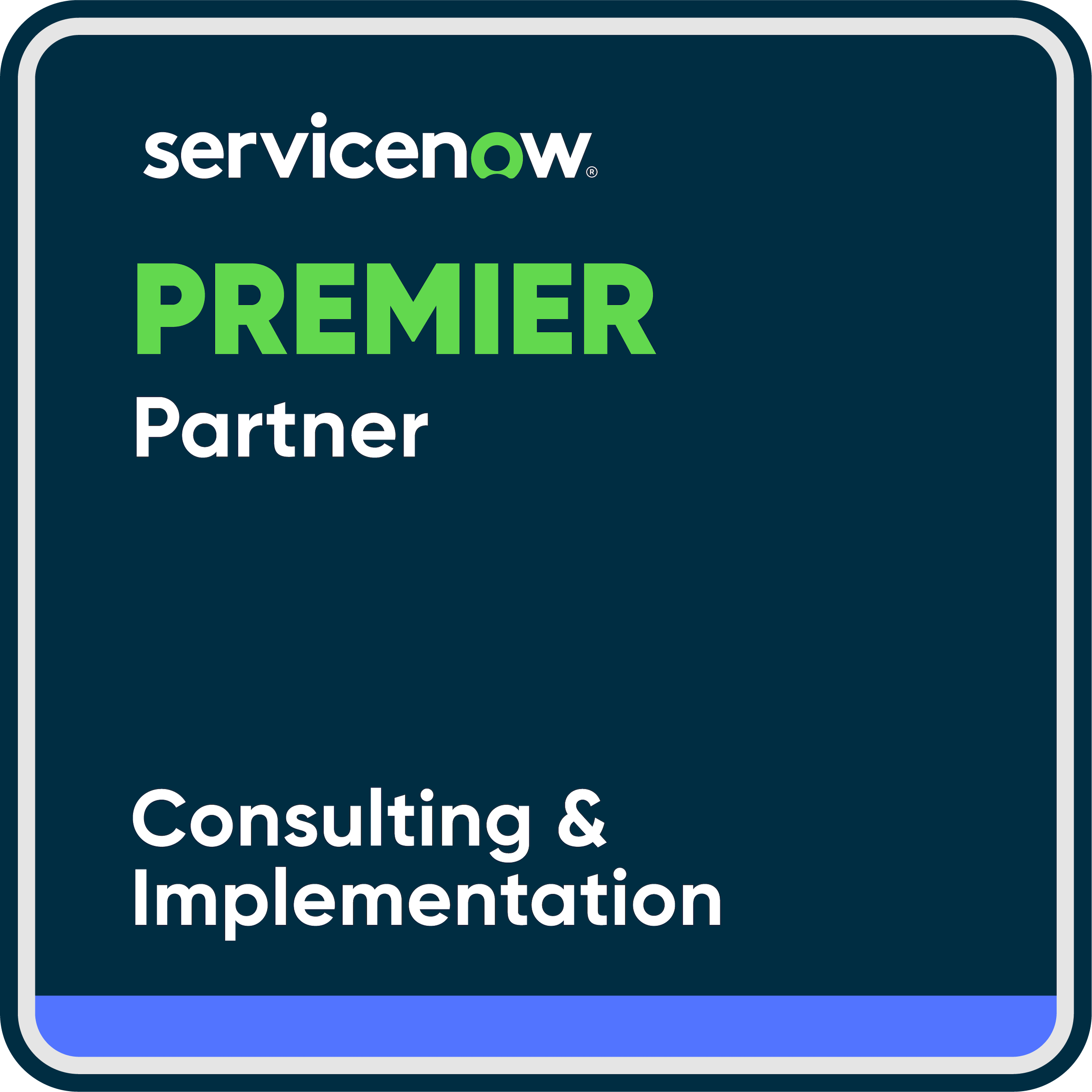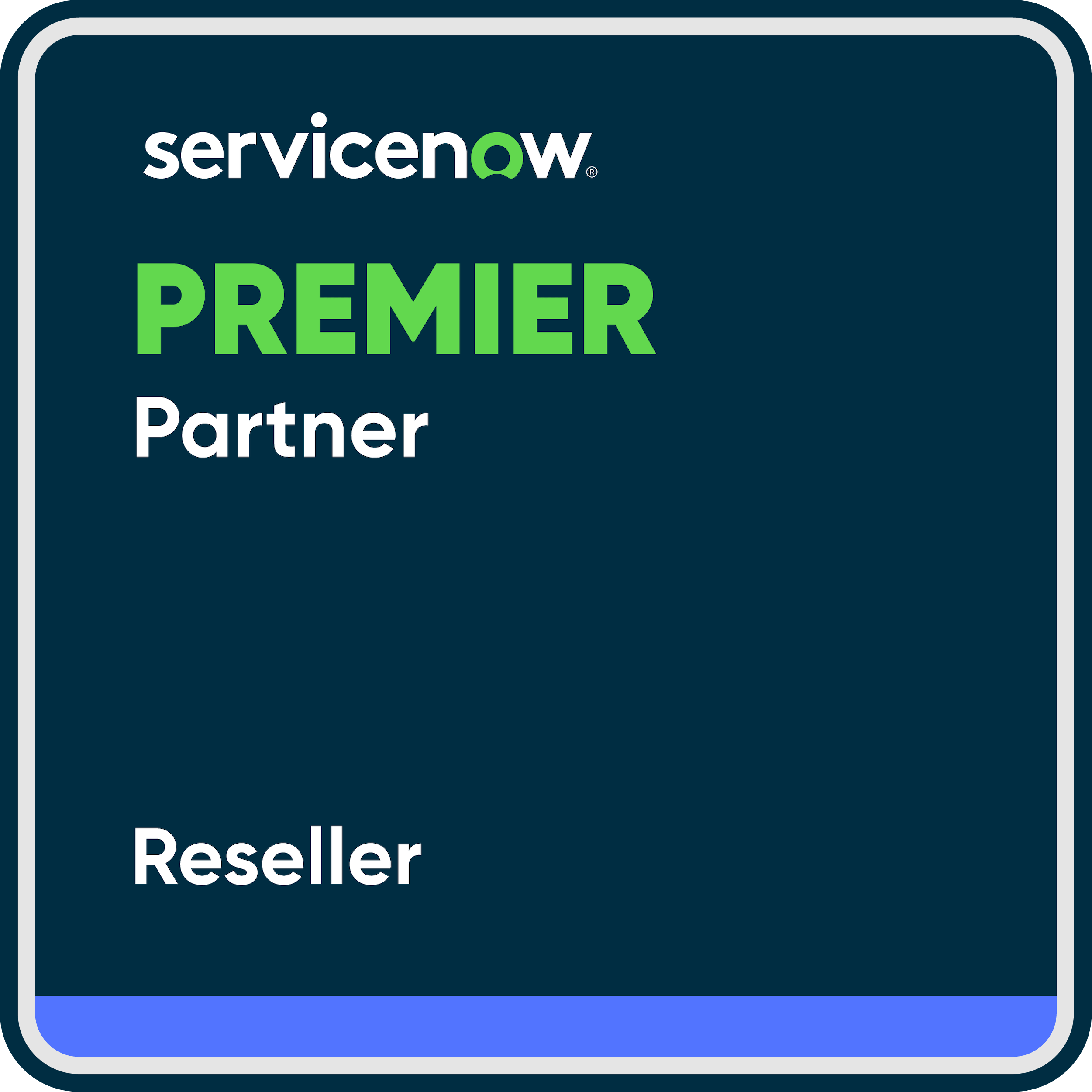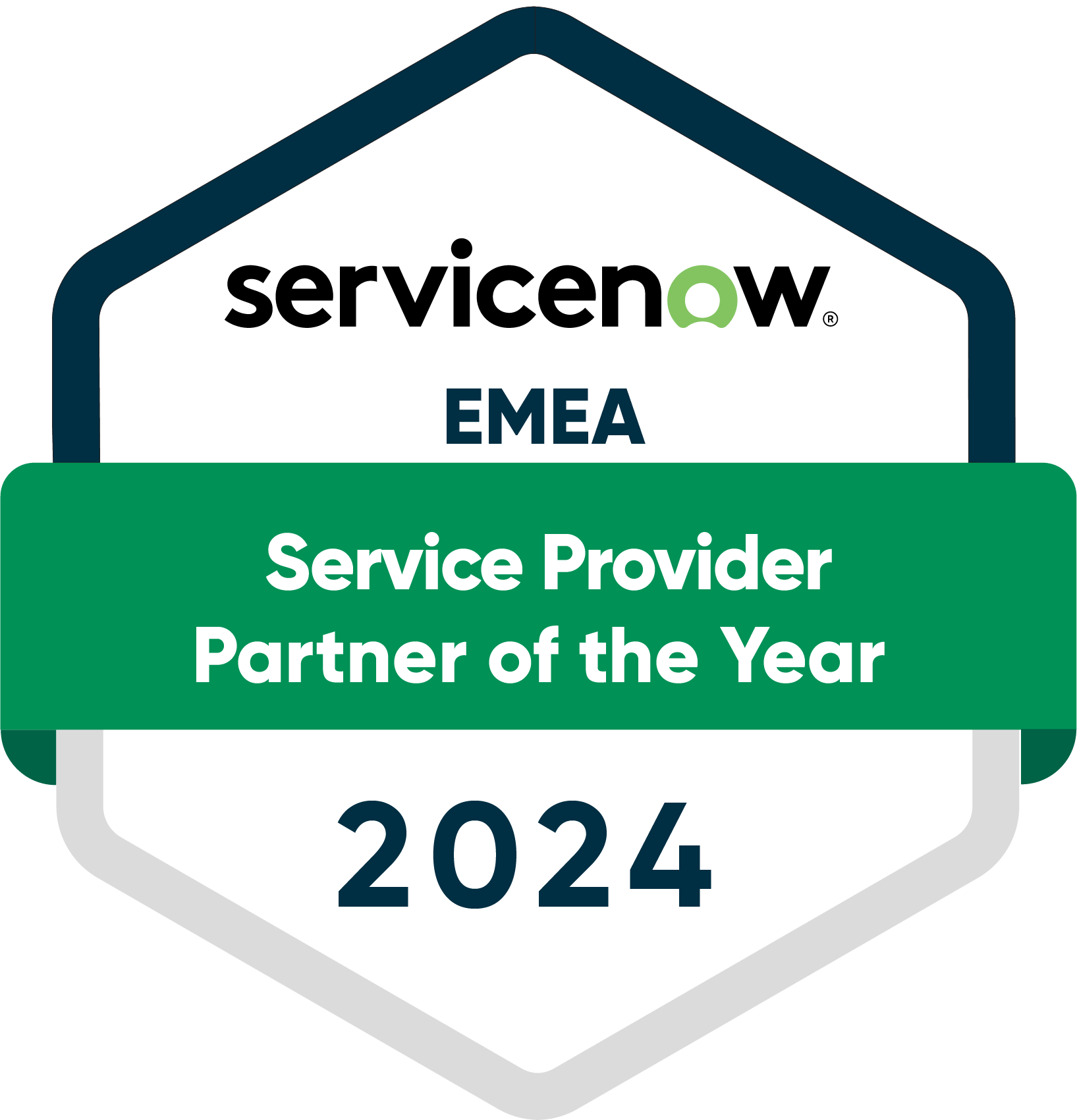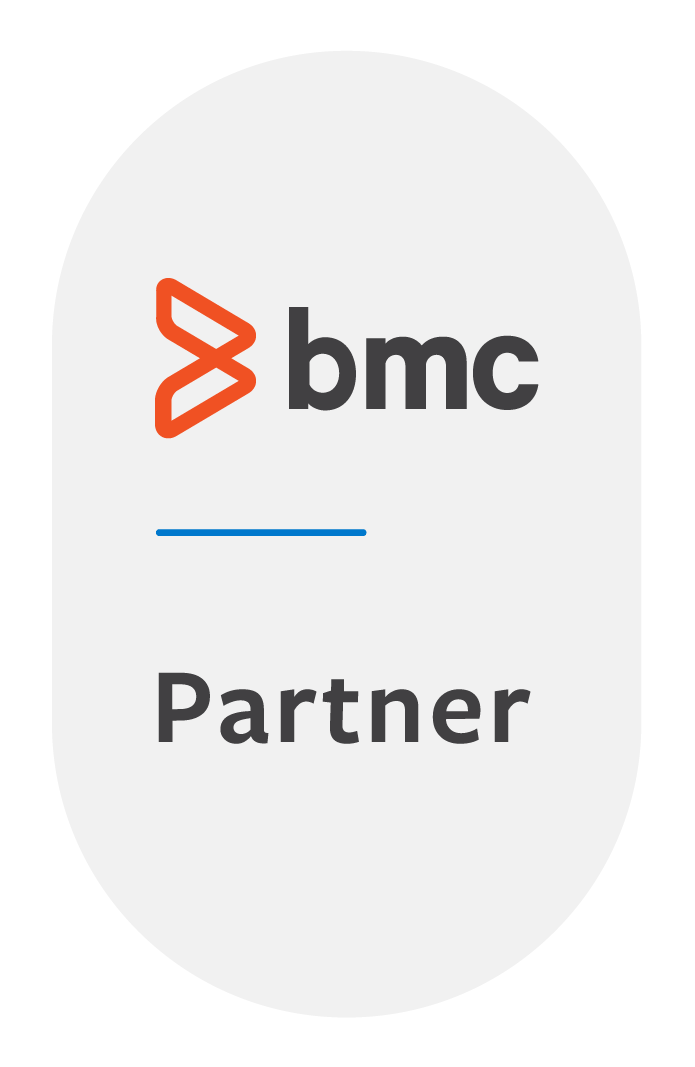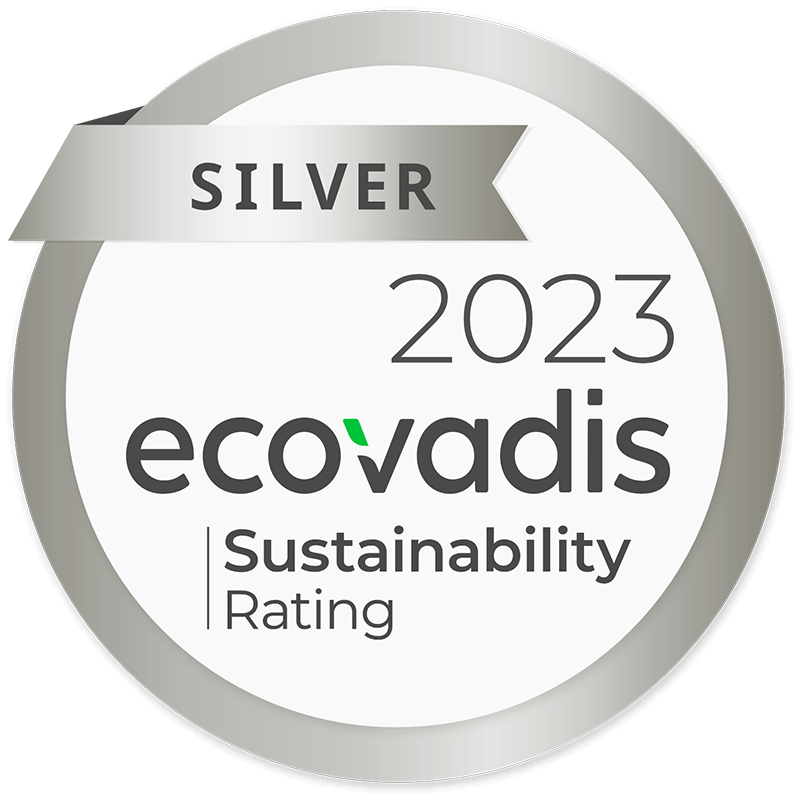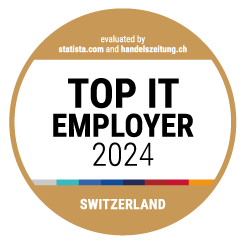At FROX, we accompany and support companies in their digital transformation so that they can keep pace with global developments. In doing so, modern promising methods and technologies must meet high expectations at all times. With ServiceNow Flows, we have a way to implement Value Streams from ITIL 4 to generate added value for stakeholders and customers. Learn more about that in this article from us as an official partner of ServiceNow in Switzerland!
Demand for digital solutions increases, expectations of IT rise
The ongoing technological developments that are driving digital transformation are having a significant impact on user behavior. On the one hand, the demand for digital solutions is increasing, and on the other hand, expectations of the IT industry are rising as a result. Two aspects are particularly important for any company in this context: on the one hand, transparency about what brings stakeholders significant added value and, on the other hand, the ability to evolve quickly and adapt to constantly changing customer needs. Flexibility and agility are therefore not just empty words, but important corporate values.
Value Streams: Adding Value, Satisfying Customer Needs
The fourth version of ITIL was published by Axelos in early 2019 and addresses the aforementioned challenges. At its core is the Service Value Chain (SVC), which is a central element of an organization’s overall IT Service Management (ITSM) architecture and thus of the Service Value System (SVS), the core system of ITIL 4.
The Service Value Chain is a model consisting of the six activities “Plan,” “Improve,” “Engage,” “Design and transition,” “Obtain/build,” and “Deliver and support.” These activities should be agile – easy to identify, manage, improve and adapt to meet the ever-changing needs of organizations. They can be combined to form what are known as Value Streams. Value Streams always start with a demand or opportunity (Demand/Opportunity) and always end with added value (Value). The six activities are designed to transform demand and opportunity into outputs that stakeholders can use to achieve results.
Value is understood as the perceived benefits and the usefulness and importance of something. In practice, we can apply this to the classic waterfall approach or more modern agile approach – always based on business goals.
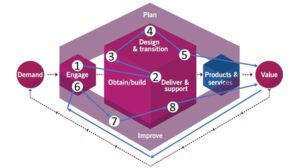
Value streams are one of the most important aspects of ITIL 4, but this concept is not new to service management. Martin Andenmatten shows that it is derived from lean management and helps to achieve an appropriate integration with proven best practices.
Axelos defines value streams as a series of steps a company takes to create and deliver products and services to customers. In order to achieve this, companies should adhere to the seven guiding principles and observe the four dimensions of service management.
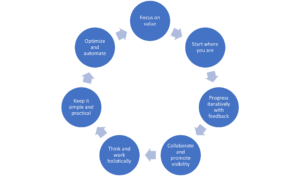
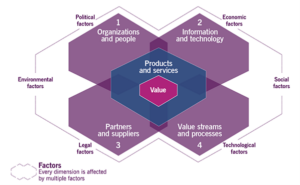
Automate value streams with the Flow Designer
Dave Wright calls value streams operational workflows because that’s basically what they are. After the activities have been defined, they must be implemented and adapted using digital workflows or “digital flows”. This requires a suitable tool that supports the necessary agility and visual representation. The ServiceNow Platform meets these needs. Here a flow can be used to automate various processes with a series of reusable steps. All flows consist of several standard components:
- A trigger that gets the flow going.
- A series of activities based on input and desired outcomes.
- A flow logic.
- Data Collected or Created.
ServiceNow supplies the Flow Designer for the development of these flows. This feature enables automation of value streams in a single design environment and integration with external instances or third-party systems through the ServiceNow Platform’s IntegrationHub. Using the Flow Designer, functions such as B. planned automation, approval processes and notification management can be developed.
The goal is to have a central place for development, control, testing and troubleshooting. The Flow Designer offers the following content types for this:
- Flows: Flows enable the automated editing of a process and the business logic, taking into account triggers, subflows, actions and elements of the flow logic.
- Subflows: Subflows structure automated (sub)processes that can be applied in multiple workflows and enable improved maintenance.
- Actions: Actions are a group of different, reusable tasks (both out of the box and individualized), such as B. “Create task”, “Create record”, “View record”.
- Action steps: Action steps are individual, reusable operations within a task.
- Spokes: Spokes are grouped application content based on the specific application or data type.
There are other features that the Flow Designer brings with it. These include:
- Integrity of information: accessing and passing information between the various tasks that are part of a flow or subflow.
- Data management: Possibility to manipulate data with so-called data pills (e.g. converting a date into a string).
- Extended testing capabilities: Test developed flows, subflows and tasks before they are published. Potential problems can be identified, interpreted and resolved.
Value Streams and ServiceNow Flows: Two tools for digital success
Implementing value streams through digital flows brings a number of benefits:
- Central place for further development: better overview and clarity (end-to-end development and holistic view)
- Gathering and sharing knowledge: improved collaboration between development and operations
- Identify bottlenecks: Better recognize optimizations and potential for automation
- Easier to evaluate: Identify what already exists and can be reused, optimized or automated.
- Reduced development and upgrade costs: develop reusable tasks and reduce costs
- Automation: Bring different automation functions together in a single environment



